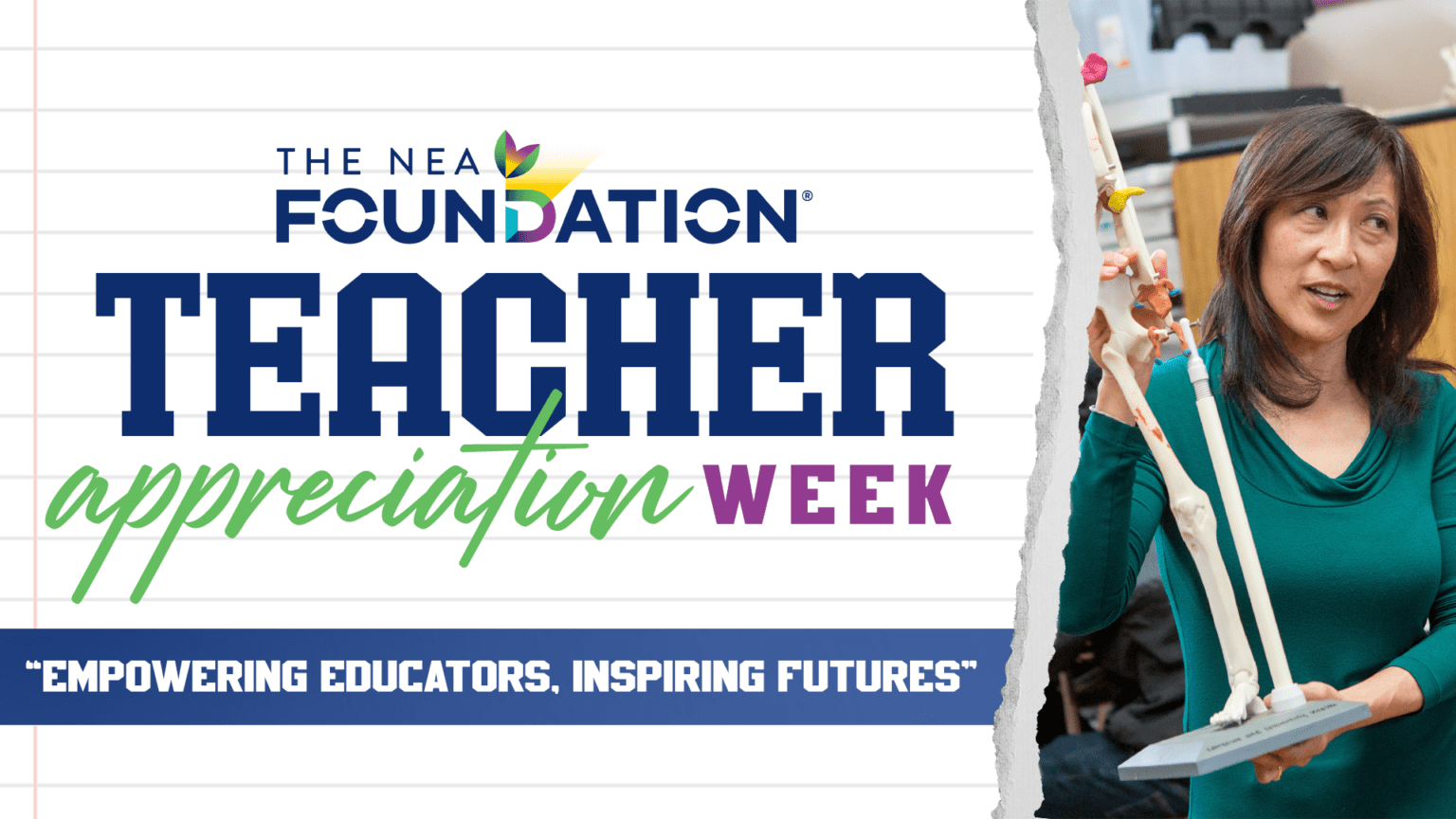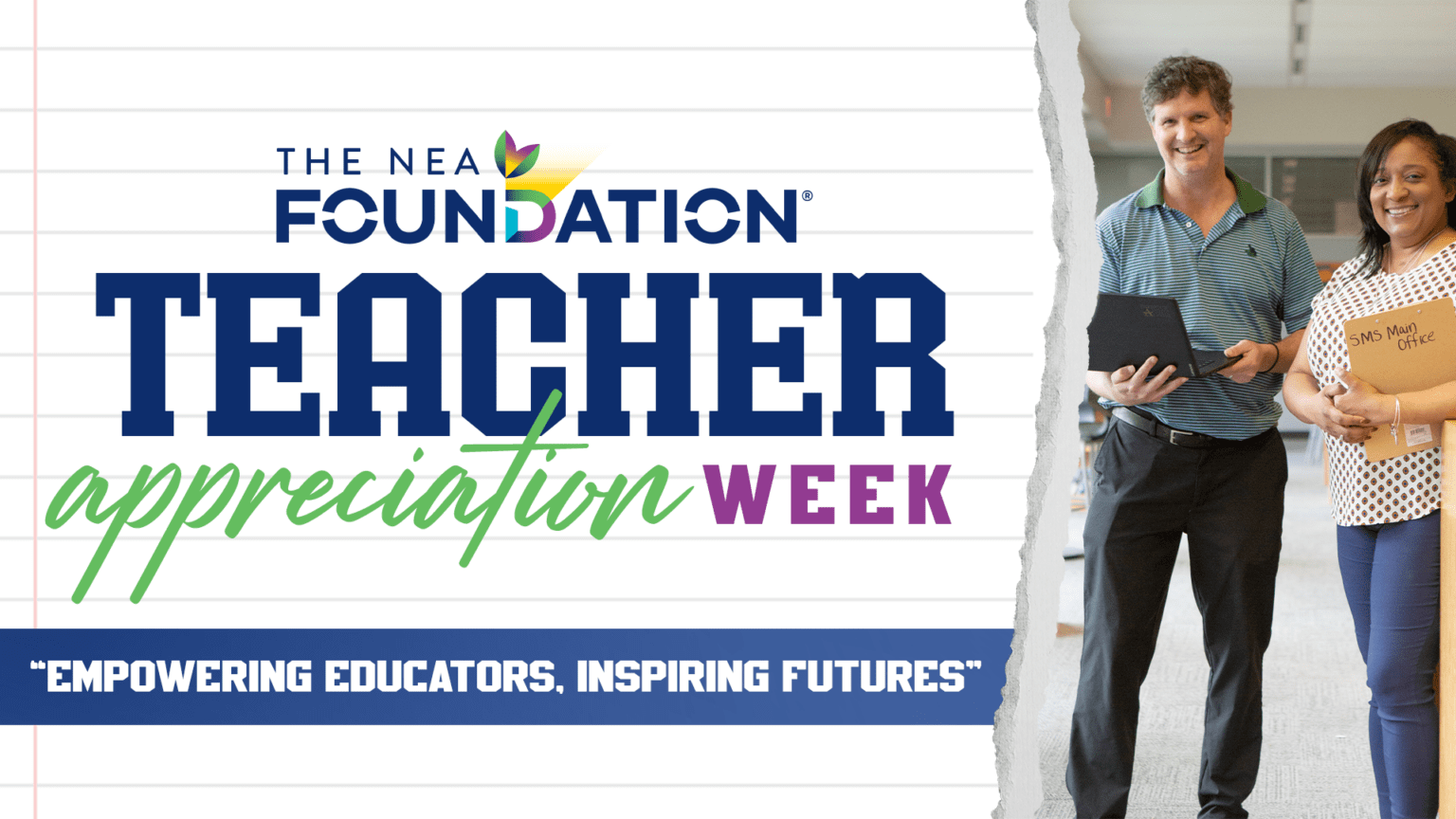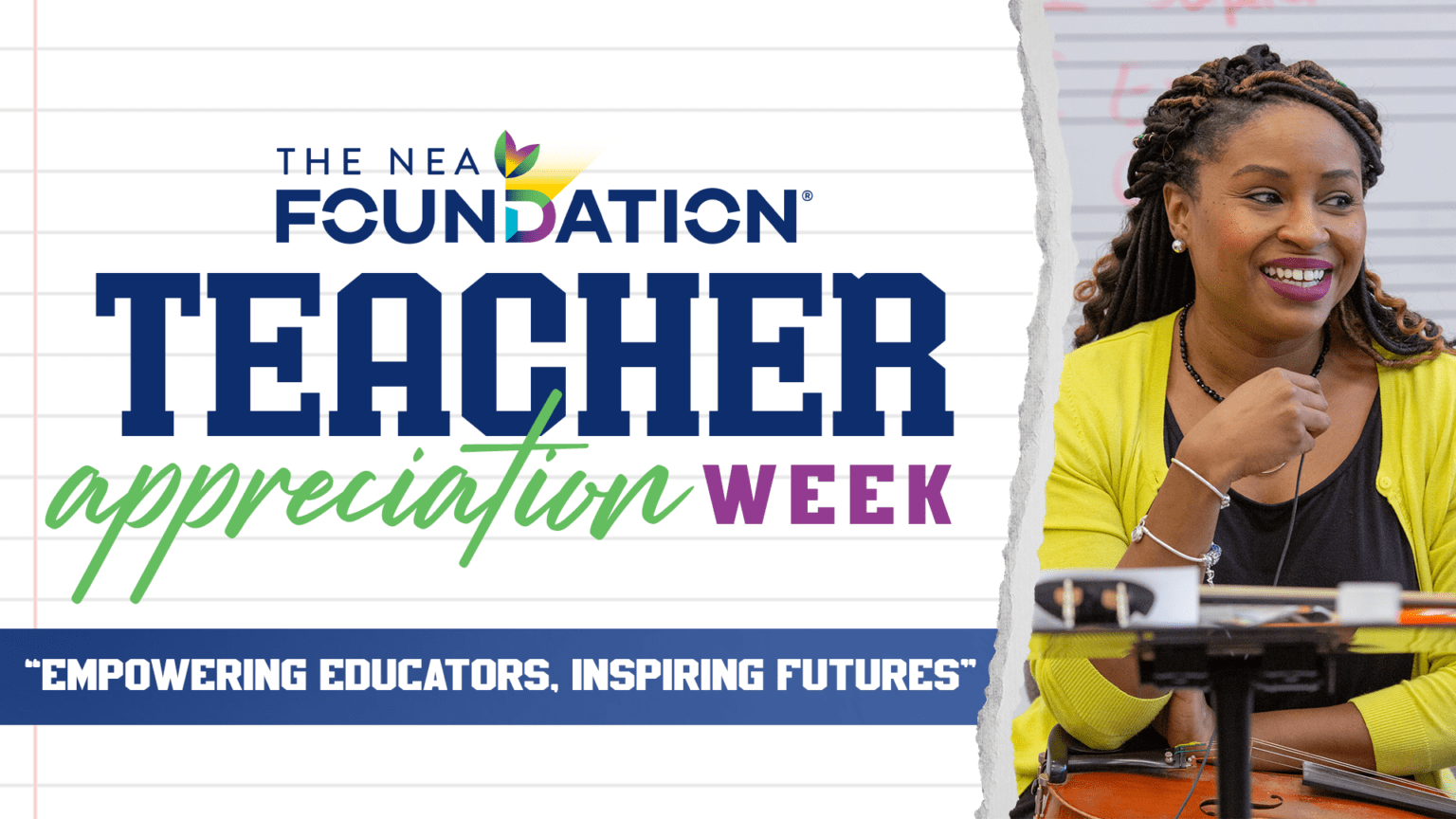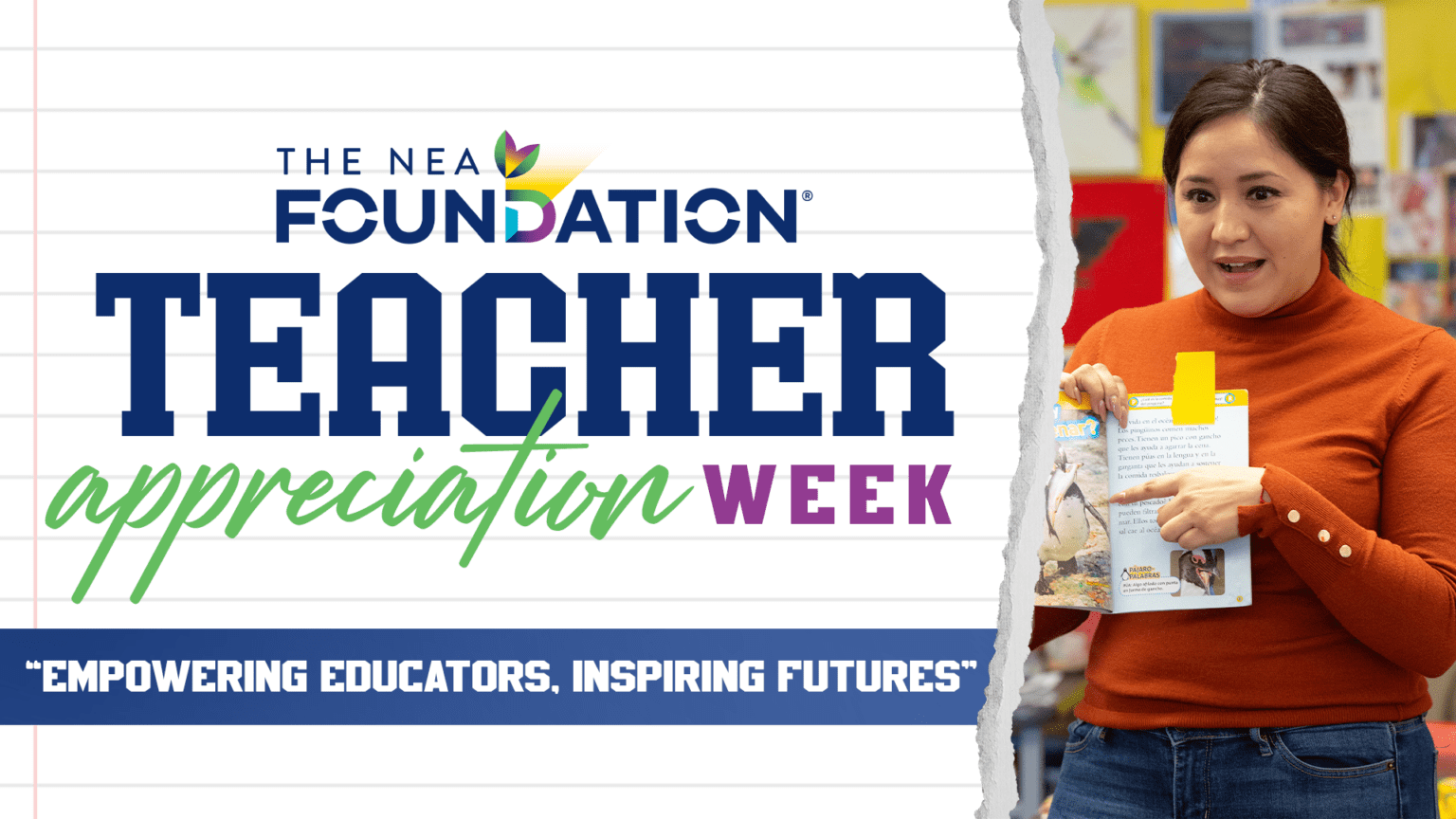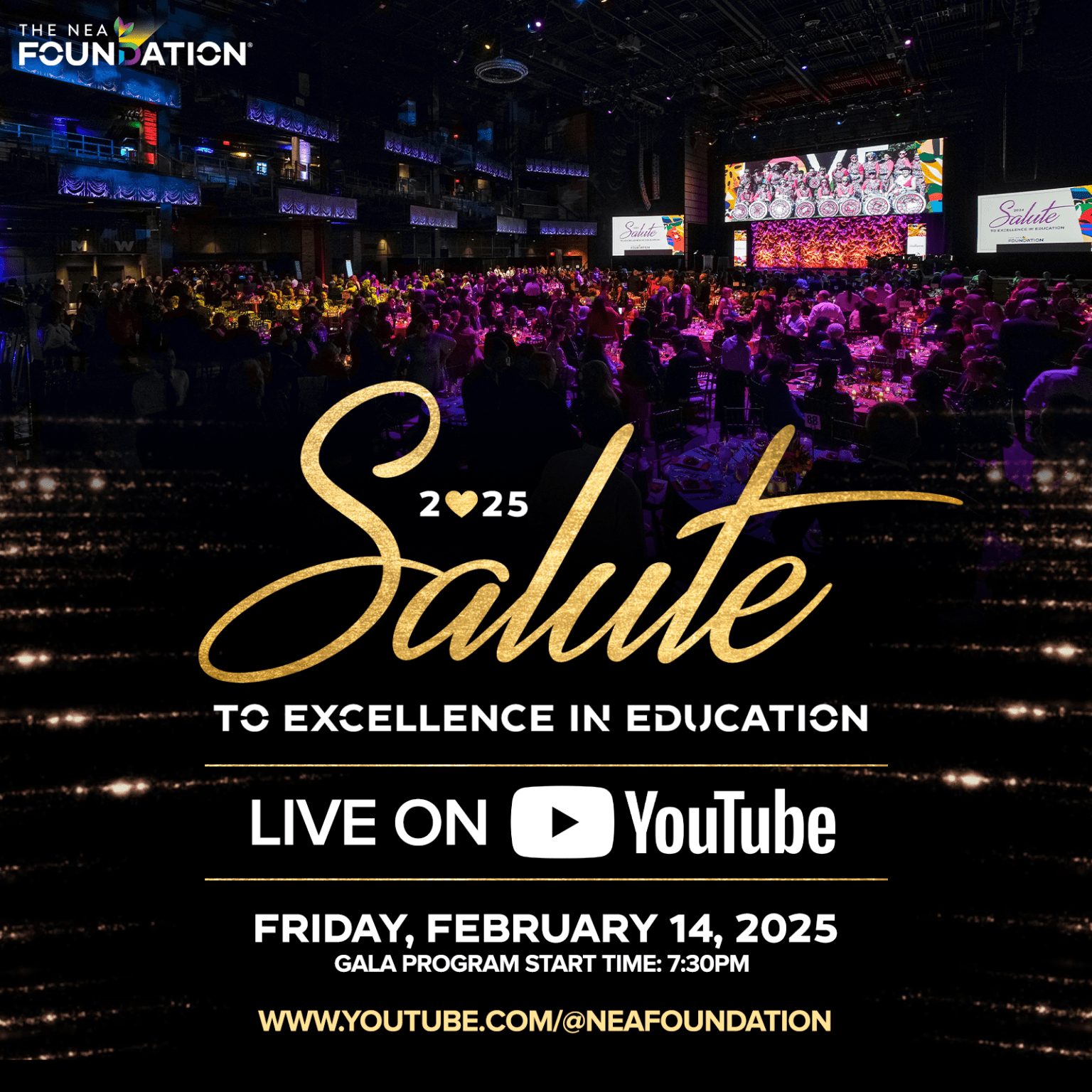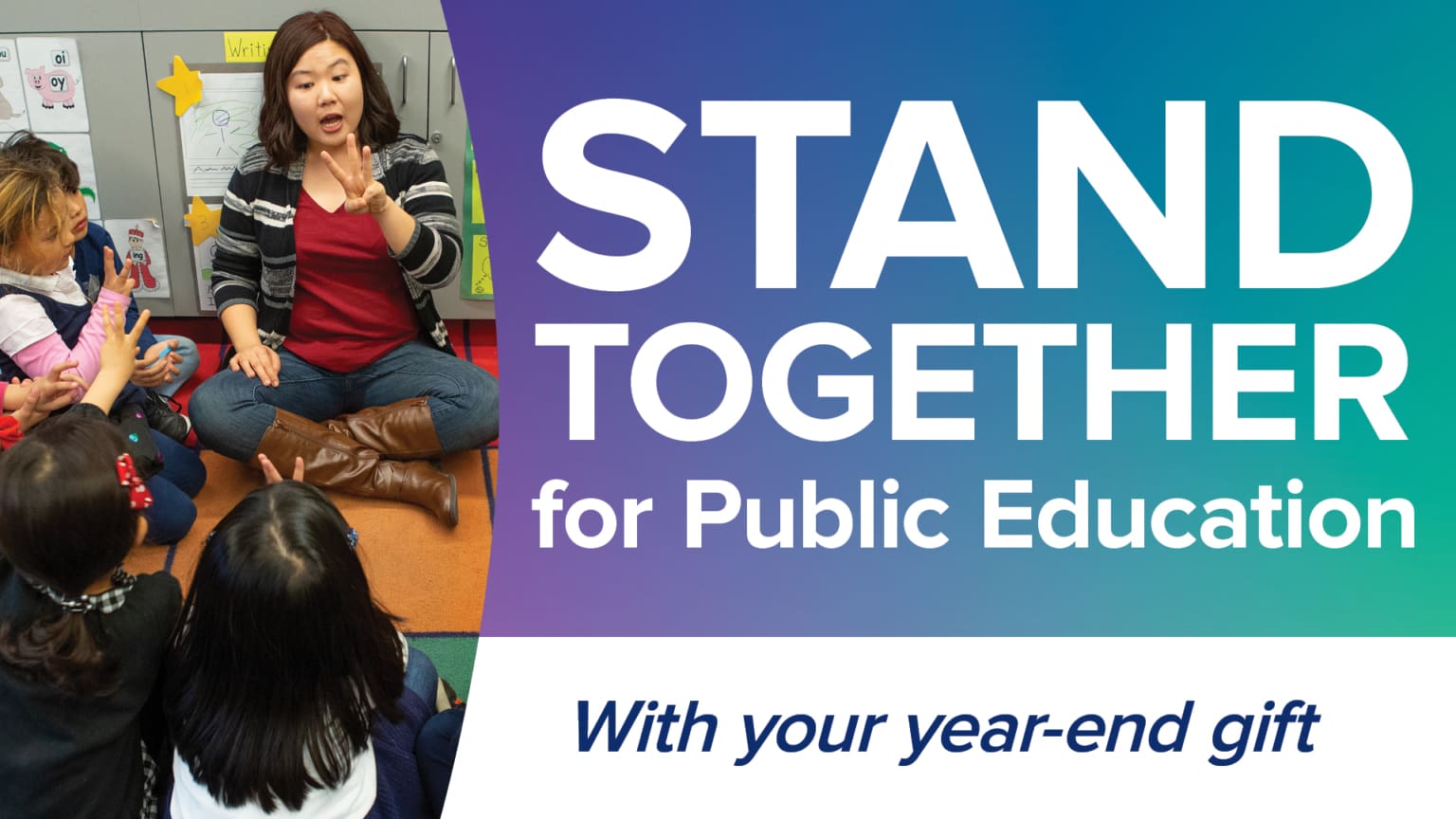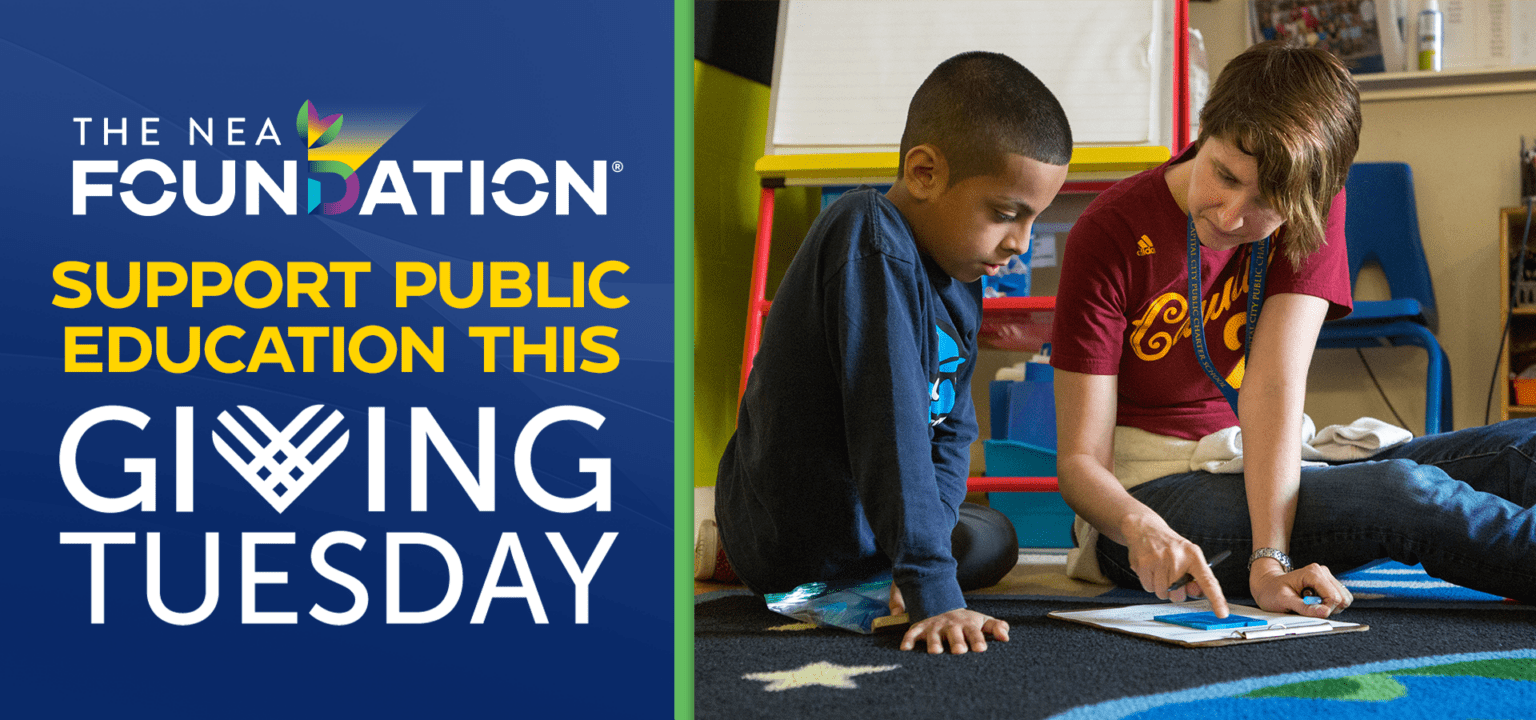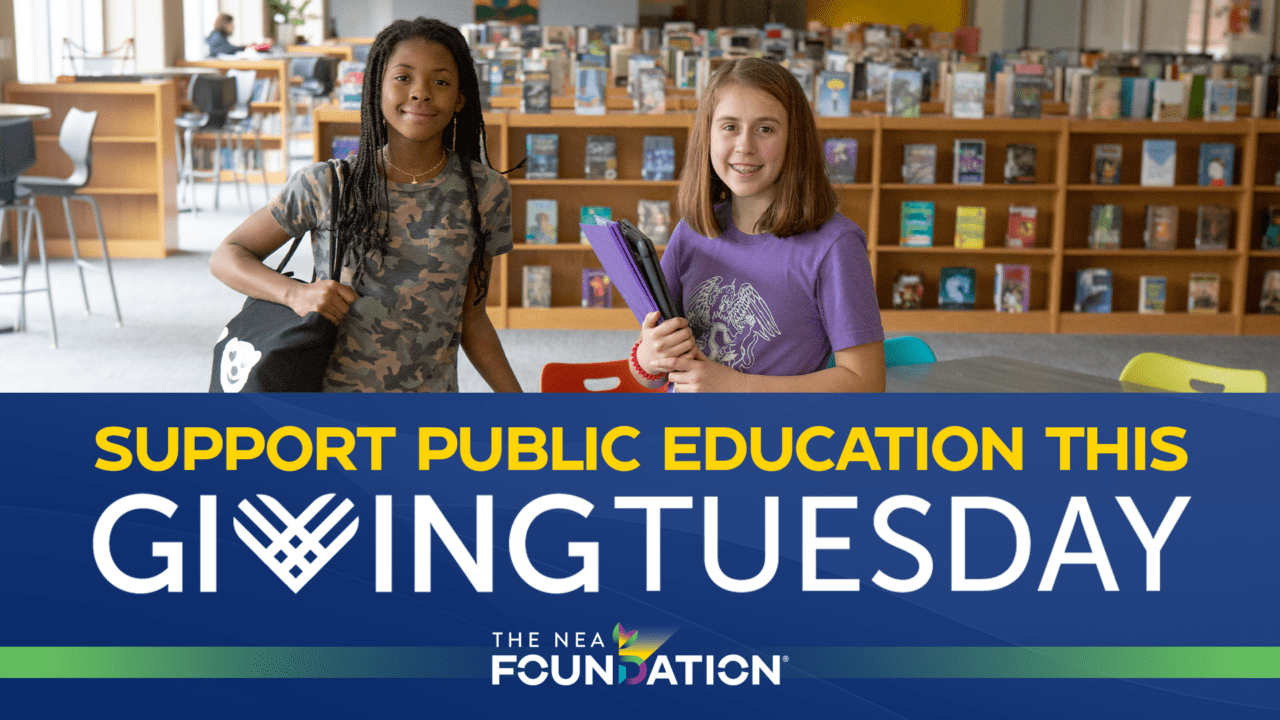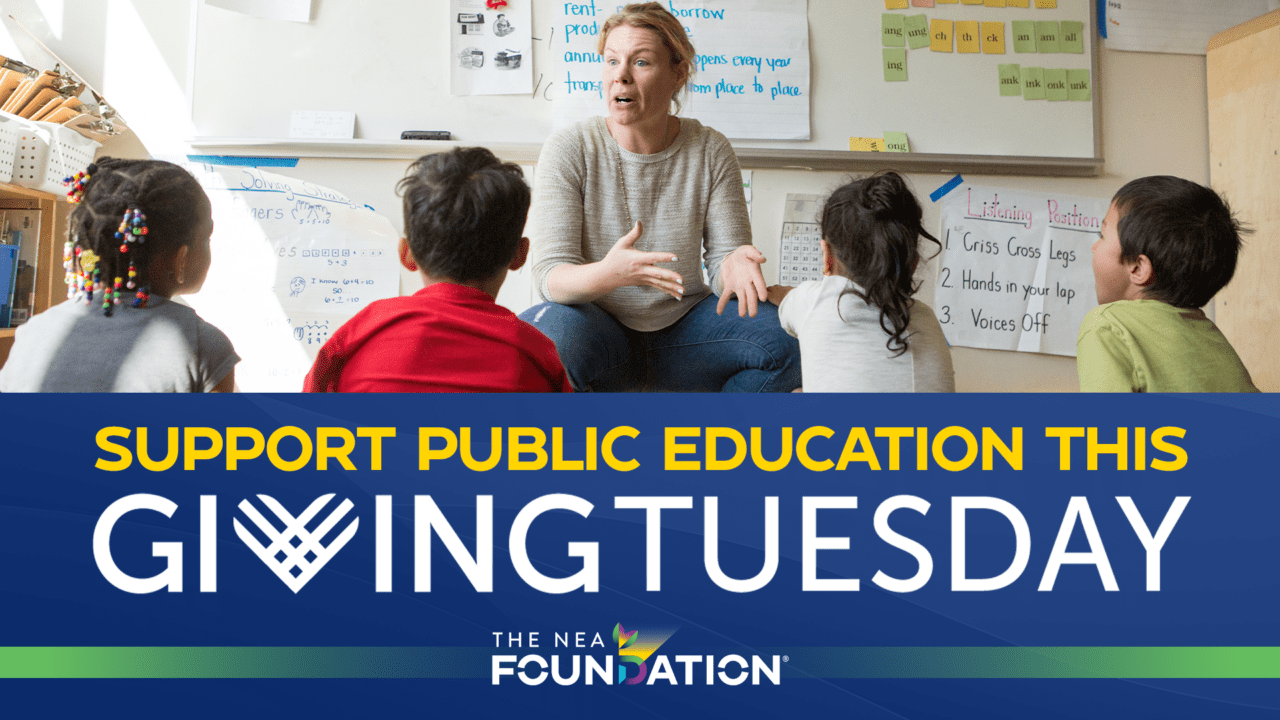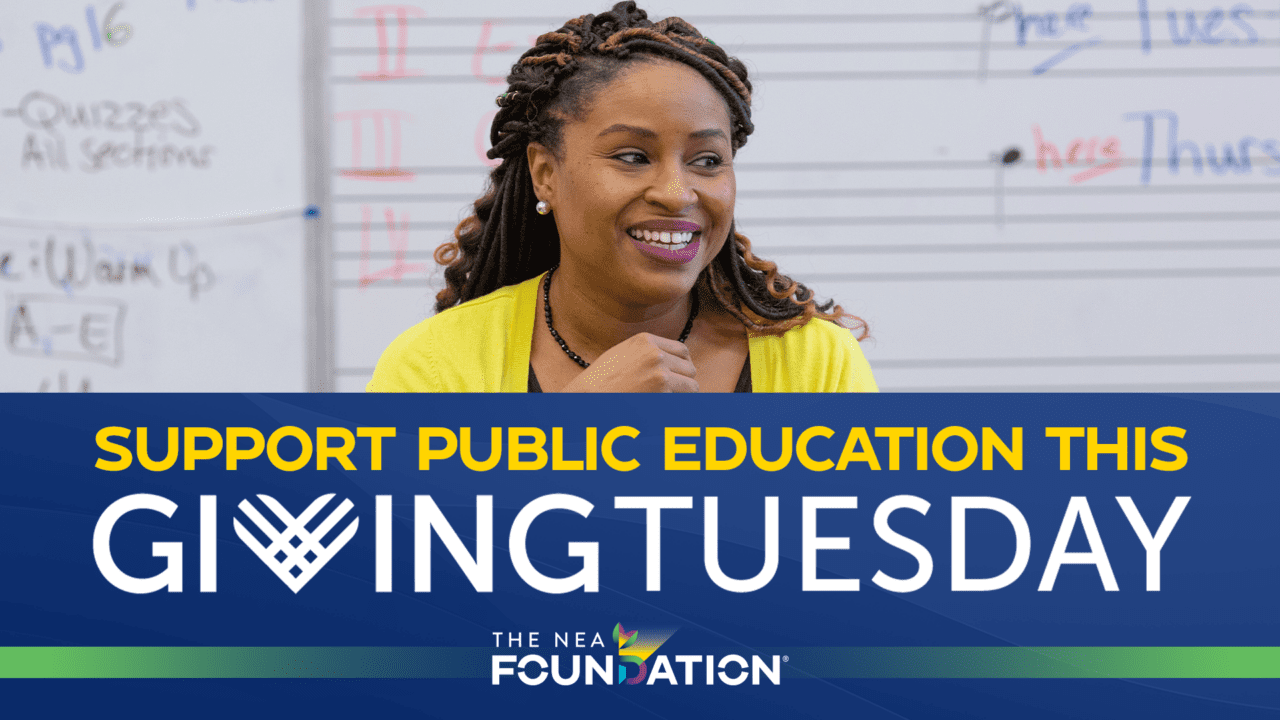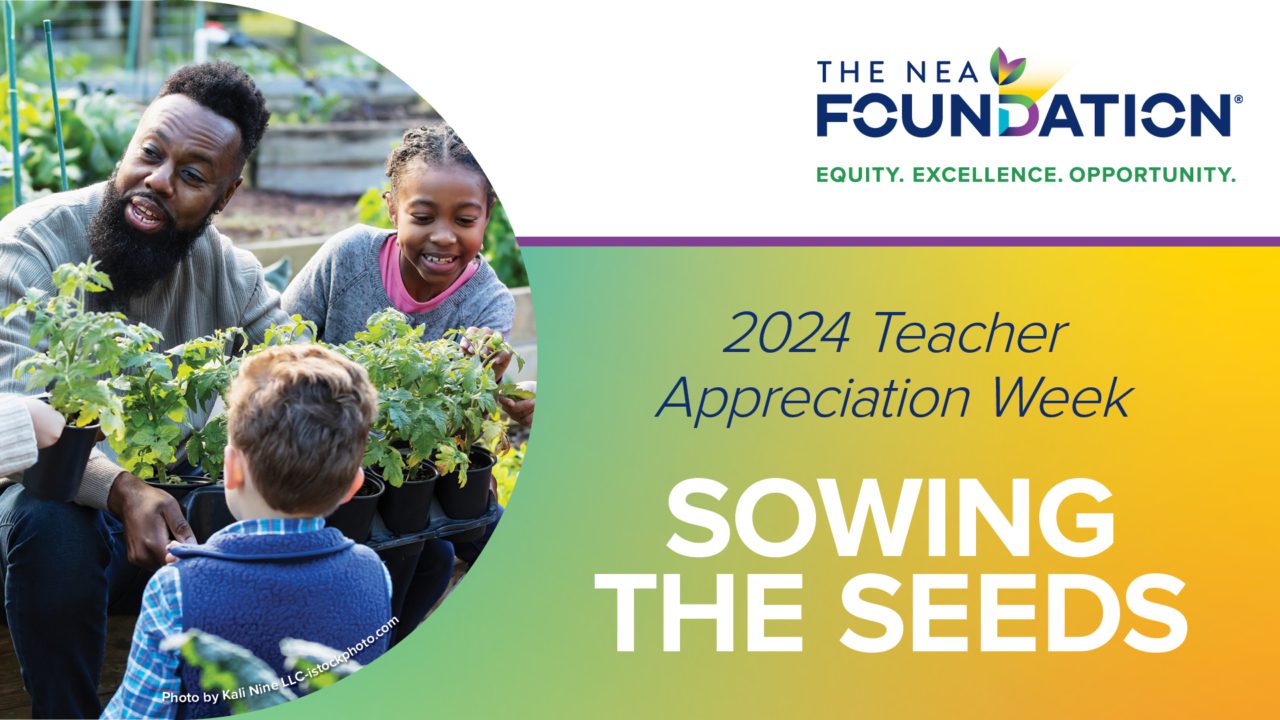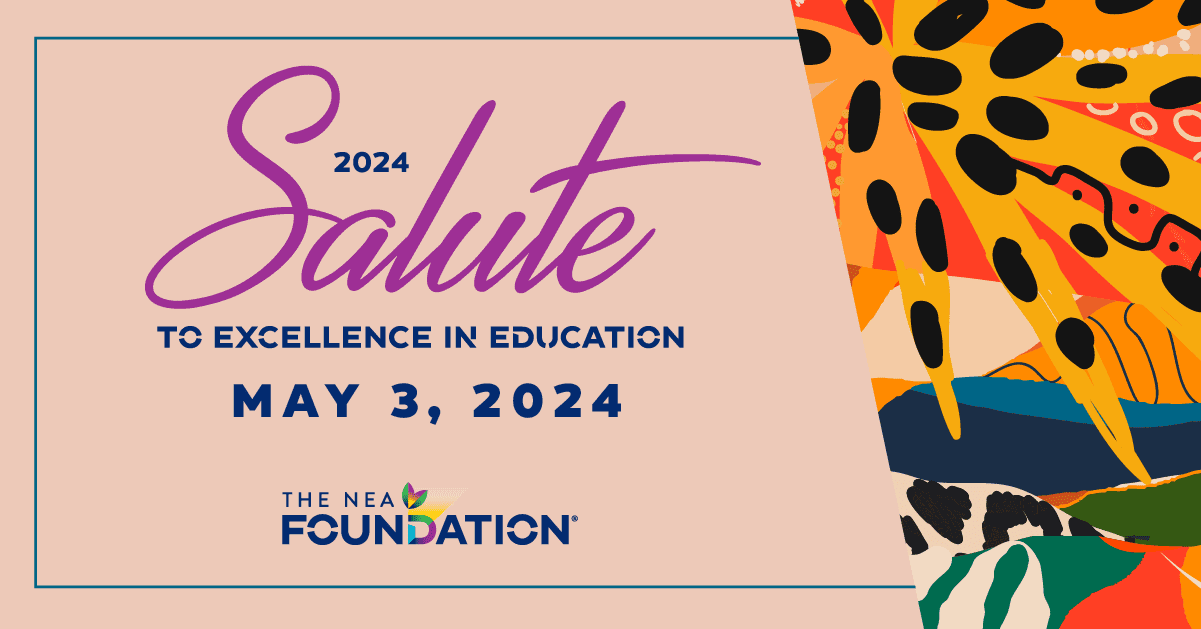Victoria Despres is a special education teacher at Woodstock Academy in Woodstock, Conn. She recently received an NEA Foundation Student Achievement grant to teach students about personal development using LEGO. Here’s what she had to say about her project and its impact.
Tell us a little about your project.
Using LEGO Education BuildToExpress kits and curriculum has been an exciting experience thus far. I’ve had the opportunity to work with students in a variety of classroom settings including music, chemistry, leadership, and culinary arts.
Students have built models building challenges that represent concepts such as personal strengths, successful group work, characteristics, role models, emotions related to music concepts, and basic science concepts. Students have had an opportunity to build a visual representation that serves as an anchor for their own learning and for the learning of others.
Students are using these kits and building challenges as a way to build better communication skills as they share their ideas and question the ideas of others.
How does this project help your students?
It is important for students to make meaningful connections to information in order to build knowledge. This project has offered a way to do just that.
Students are given building challenges that stretch their imagination, encourage connection to an idea, or ask them to reflect on something that has a larger impact on what they’re learning.
Students are using more than just their eyes and ears to learn. They’re using their hands, their problem solving, relating to information, and creating a visual that links it all together.
Every student who has been involved has been highly engaged. They demonstrate motivation, encouragement, and trust. They know that their build is a way of expressing their ideas and exploring topics when there may not be just one right or wrong answer. These are the skills we as educators want students to continue to build upon – and they’ve enjoyed these experiences when they have done all of this using LEGO bricks.
Learning is effective when the learner is motivated, engaged, and given opportunities to interact with the content. Learning is built upon when the learner can reflect and share with others. This project has done all of this, in addition to adding a level of play, a component of participating in something social, and integrating creativity.
I’ve adapted a familiar quote, “They may forget what you said, but they will never forget how you made them feel” and adapted it based on these experiences. “Students may forget what’s been said, but they will never forget what’s been built.”
What do your students say about your project?
The moment I step into the classroom carrying my bags of LEGO Education kits, students can’t hide their feelings of excitement and interest. Students will comment that they hadn’t played with LEGOs in years, say they’ve always enjoyed building, or share their observation that there was no set of building instructions. Their comments became the path to introducing the kits and the overall project.
Students shared that they never realized that LEGO could ‘test their thoughts’ as they built their ideas. Additionally, they found it encouraging that they could build something that could never be ‘wrong’. Students appreciated and came to see the perspective of others, which is a foundational skill when we consider the skills these students will need to continue developing as they graduate and come closer to being independent individuals.
One student in particular commented, “Using these kits was a unique experience that provided a fun and informative way to physically model and express my thoughts.”
What inspires you most about your work?
I feel inspired when I see EVERY student in the class participating in these building challenges. I feel inspired when I hear EVERY student share their opinions or ideas, without fear of negative feedback from their peers. I feel inspired when I have students sharing a personal memory, a thought, something that peels away the surface of who we see, and gives us a bit more about who they are as a person in this world.
When students connect to learning in a way that brings them a broader meaning, they inspire me to do the same.
What is your passion – in or outside the classroom?
Playing, being playful, engaging in play—my passion is to continue to bring playful experiences to students of all ages. Our bodies were not designed to sit and absorb information. We are creatures that learn as we explore our social and physical world. The more opportunities we can provide to incorporate play into the learning environment, the more we encourage our students to develop a growth mindset that will serve them as they seek challenges and apply problem solving strategies.
You can apply for an NEA Foundation grant of your very own! The application deadline for Student Success and Learning & Leadership grants is June 1. For help developing your proposal, be sure to check out our grant-writing tutorial.

